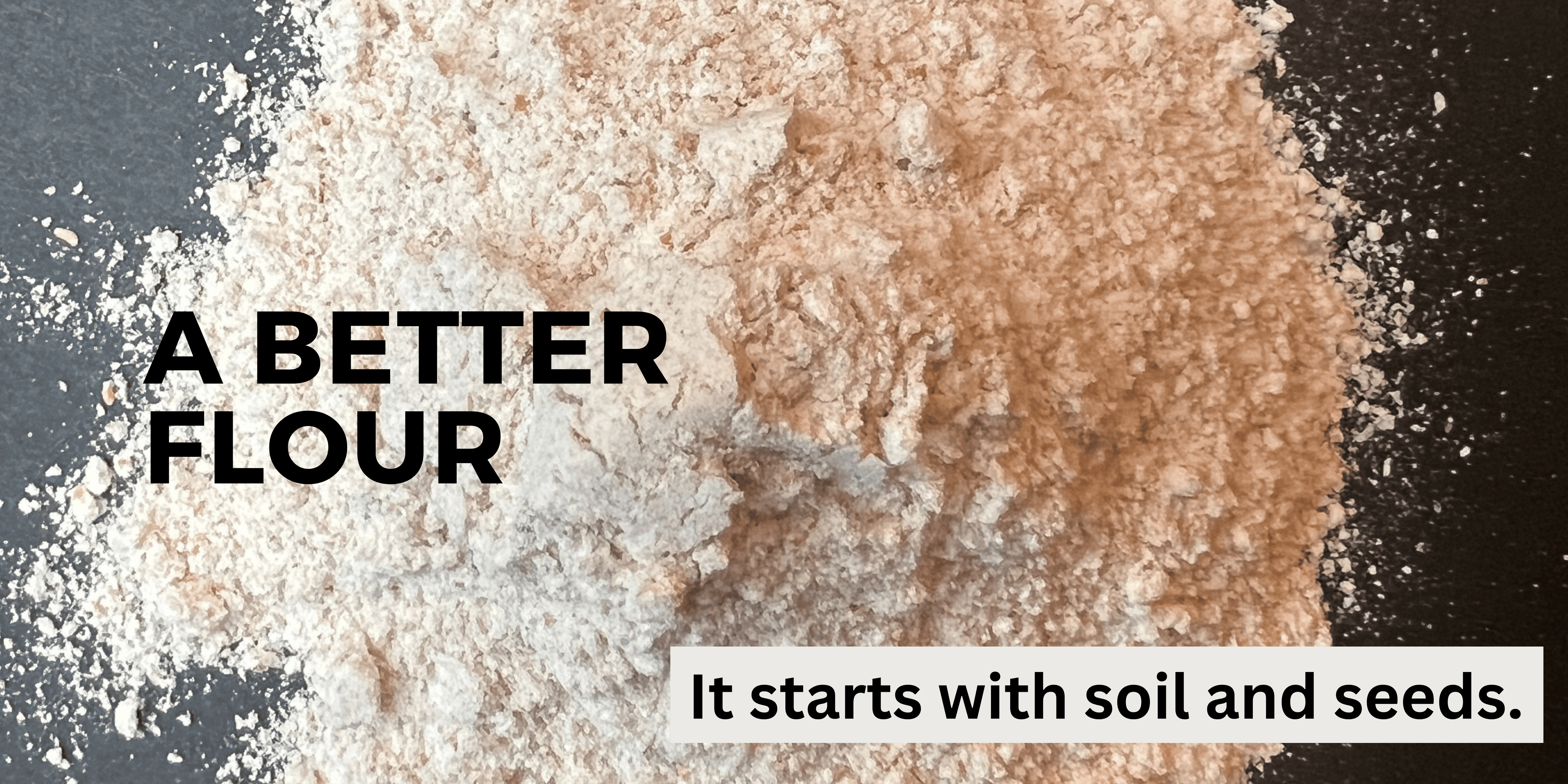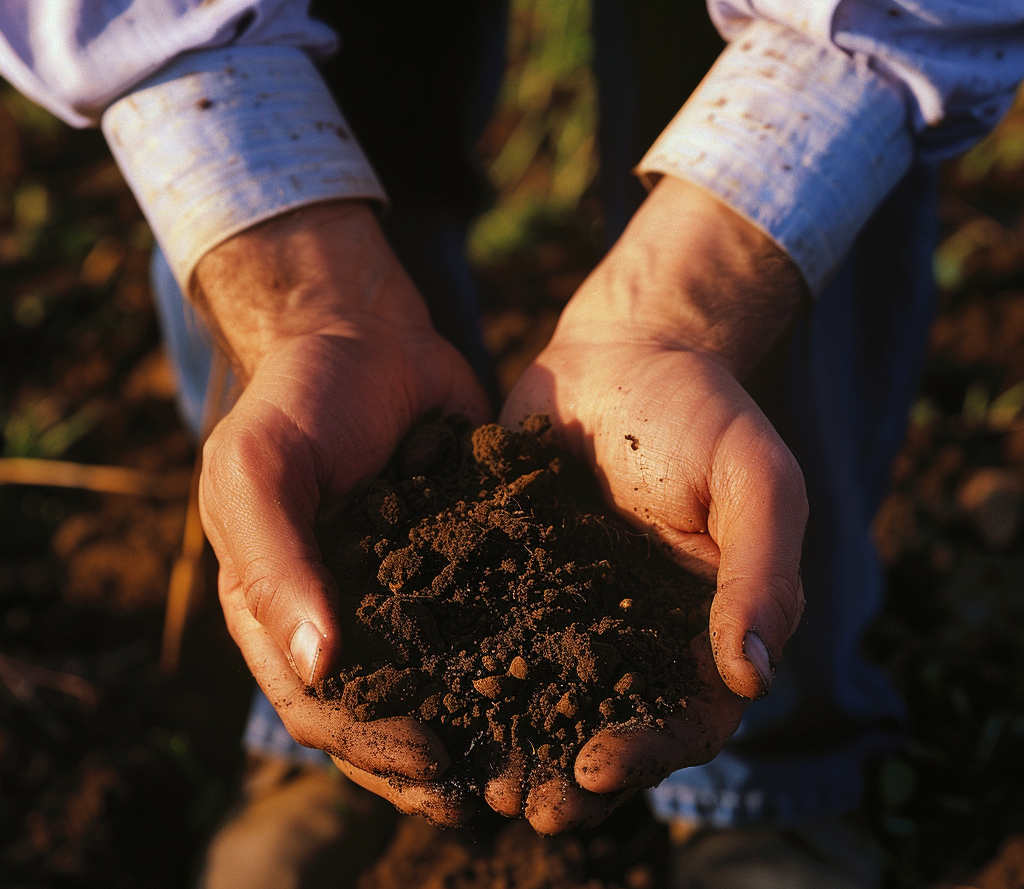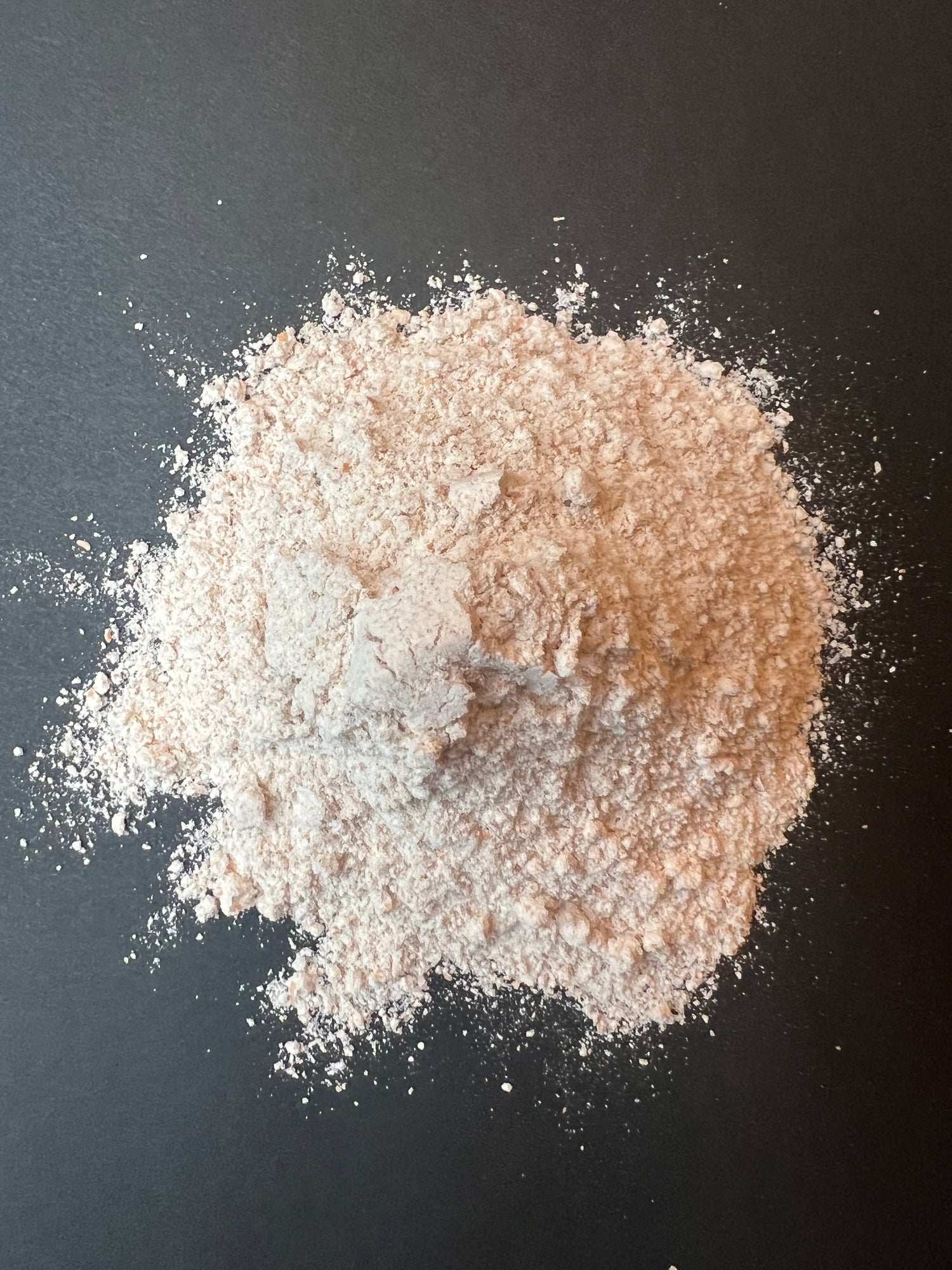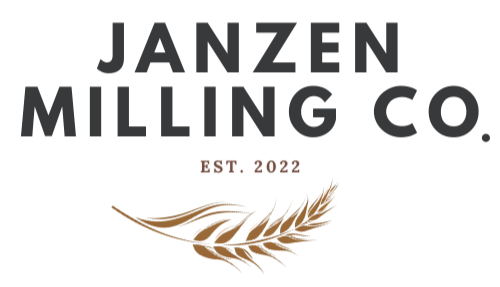

Regenerative Farming
Regenerative farming is a holistic approach to farming that focuses on restoring and enhancing the health of the soil, which is crucial for healthy and sustainable crop production.
By employing practices such as cover cropping, crop rotation, minimal tillage, and the use of organic fertilizers, regenerative farming improves soil structure, increases biodiversity, and enhances water retention and nutrient cycling. This leads to healthier and more resilient crops.
Regenerative farming not only boosts crop yields and quality but also contributes to long-term agricultural sustainability by maintaining the ecological balance and reducing the reliance on chemical inputs.

Heritage Turkey Red Wheat
Turkey Red wheat has a storied history dating back centuries, originating in the Middle East and making its way to the Ukrainian region of Crimea. Renowned for its robustness and rich flavor, this ancient grain became a staple in the diets of countless civilizations. In the late 19th century, it captured the attention of immigrants from Eastern Europe, particularly those settling in the United States, who recognized its potential for thriving in the fertile soils of the American Midwest. By 1873, Turkey Red wheat had found its new home in Kansas, where it flourished in the vast prairies. Its resilience against harsh weather conditions and diseases made it a favorite among farmers.
Today, Turkey Red wheat holds a special place in agricultural history, celebrated not only for its heritage but also for its enduring qualities that continue to sustain and nourish communities around the world.
